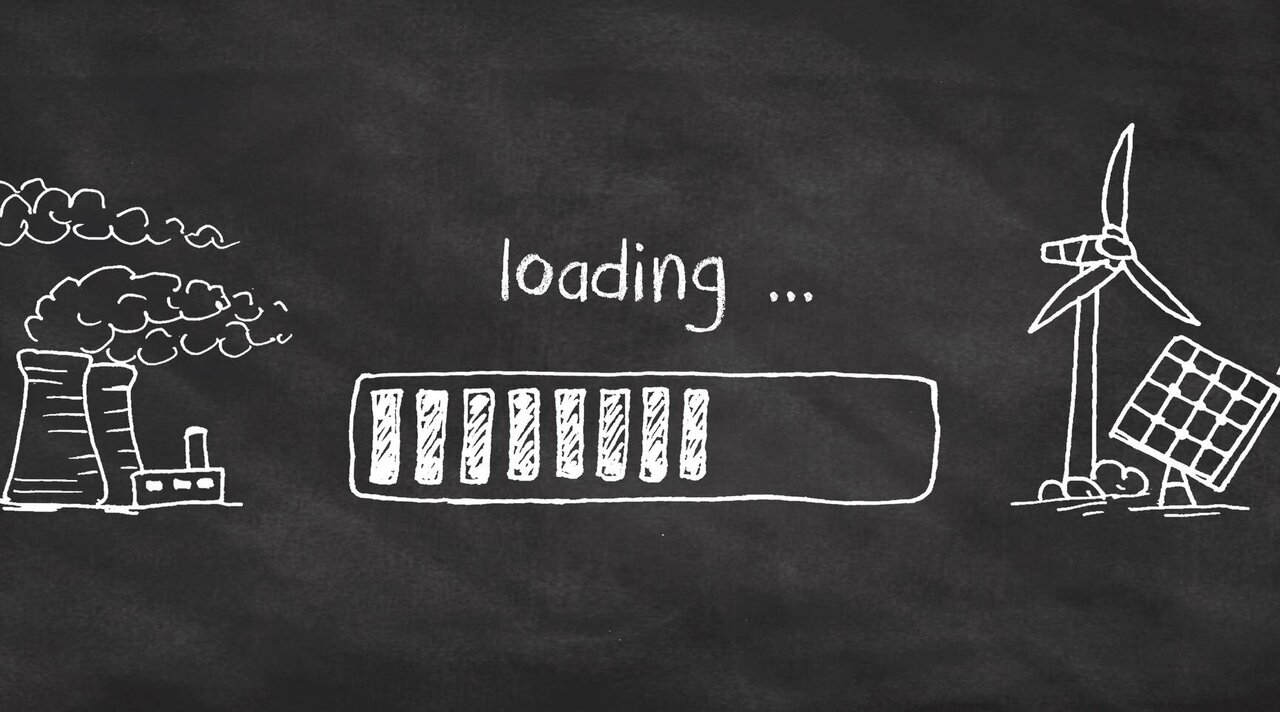Project
Energy transition and its impact on firms and the spatial distribution of economic activity

Germany aims to reach greenhouse gas neutrality by 2045. The corporate sector in Germany accounts for roughly half of total final energy consumption. A substantial part of this relates to manufacturing and the transport of intermediates and final products. This suggests that non-urban areas may bear the main burden of climate change. Manufacturing firms are predominantly located in non-urban areas, and these regions are also characterized by higher transport unit costs due to low population and firm density.
Background and Objective
In rural areas, the share of employees working in manufacturing is above average. Furthermore, in these regions, transport distances of intermediates and final products are also higher due to the dispersed spatial structure. Higher energy costs, which may arise from the transition from conventional to renewable energies and/or due to a larger tax burden that incentivizes energy savings, therefore have the potential to depress economic activity in particular in these rural areas. However, climate change also opens up opportunities for these regions. Rural areas offer enough space for the further development of renewable energies. In addition, the spatial re-organization of energy producers could trigger a spatial re-organization of firms, if individual consumers and not all energy consumers have to pay for network losses, which occur due to long-distance transmission of energy.
The objective of this research project is to analyse the impact of energy and transport costs on firm decisions and to assess the impact of the transition to greenhouse gas neutrality on economic activity in rural and non-rural areas in Germany. The project consists of two subprojects. The first project deals with transport costs of intermediates and final products and evaluates their impact on firms’ location and production choices. The second project focuses on the spatial proximity of energy producers and consumers, specifically power stations and firms. In particular, we will analyse how spatial proximity impacts energy costs and therefore the spatial distribution of firms.
Data and Methods
The analysis will be based on different secondary datasets. These include location and financial information on capital, employment, and the use of intermediates of German firms. In addition, we will use truck registration data, information on the location and capacity of power plants, and energy and network costs. Furthermore, based on data on the commercial property market, we will assess whether changes in transport and energy costs are passed on into land prices.
Methodologically, we will rely on the instruments of modern microeconometrics. In the first subproject, we will exploit changes in the German truck toll to shed light on the impact of transport costs on firm decision. In the second subproject, variation related to the nuclear phase-out and the development of renewable energies will be used to study the spatial proximity of energy producers and consumers on energy costs and firm decisions.
Our Research Questions
- What is the impact on the spatial distribution of economic activity in Germany due to the transition from centralized energy production using conventional sources to decentralized energy production using renewables?
- What is the impact of CO2 taxation in the transport sector on spatio-sectoral patterns?
- How does the energy transition impact commercial land prices in regions that host energy and/or transport-intensive industries?
Thünen-Contact

Involved Thünen-Partners
Duration
4.2023 - 3.2026
More Information
Project status:
ongoing

![[Translate to English:] [Translate to English:]](/media/_processed_/6/1/csm_AdobeStock_543466681_9df3d40718.jpeg)
![[Translate to English:] [Translate to English:]](/media/_processed_/6/1/csm_AdobeStock_543466681_6eab1c26f9.jpeg)





